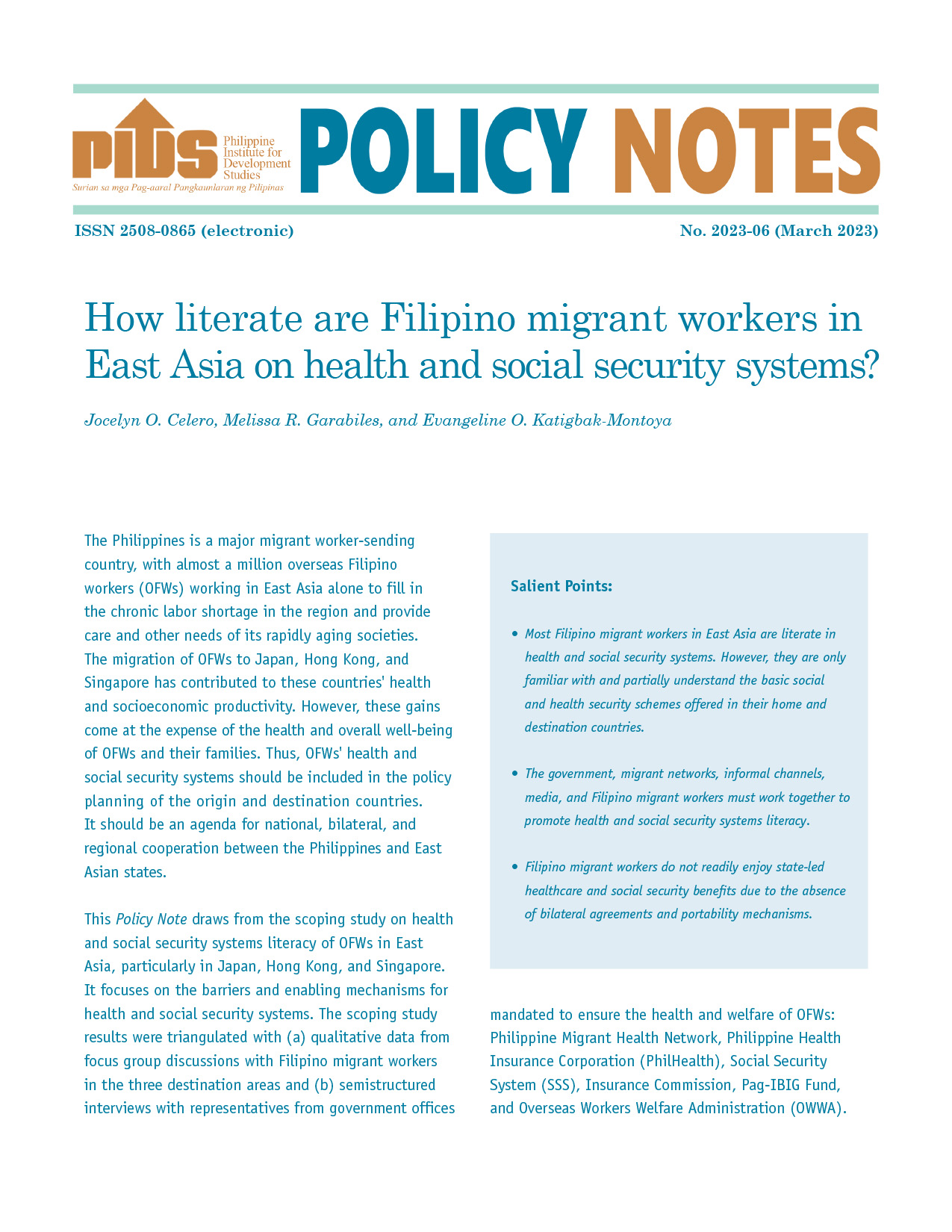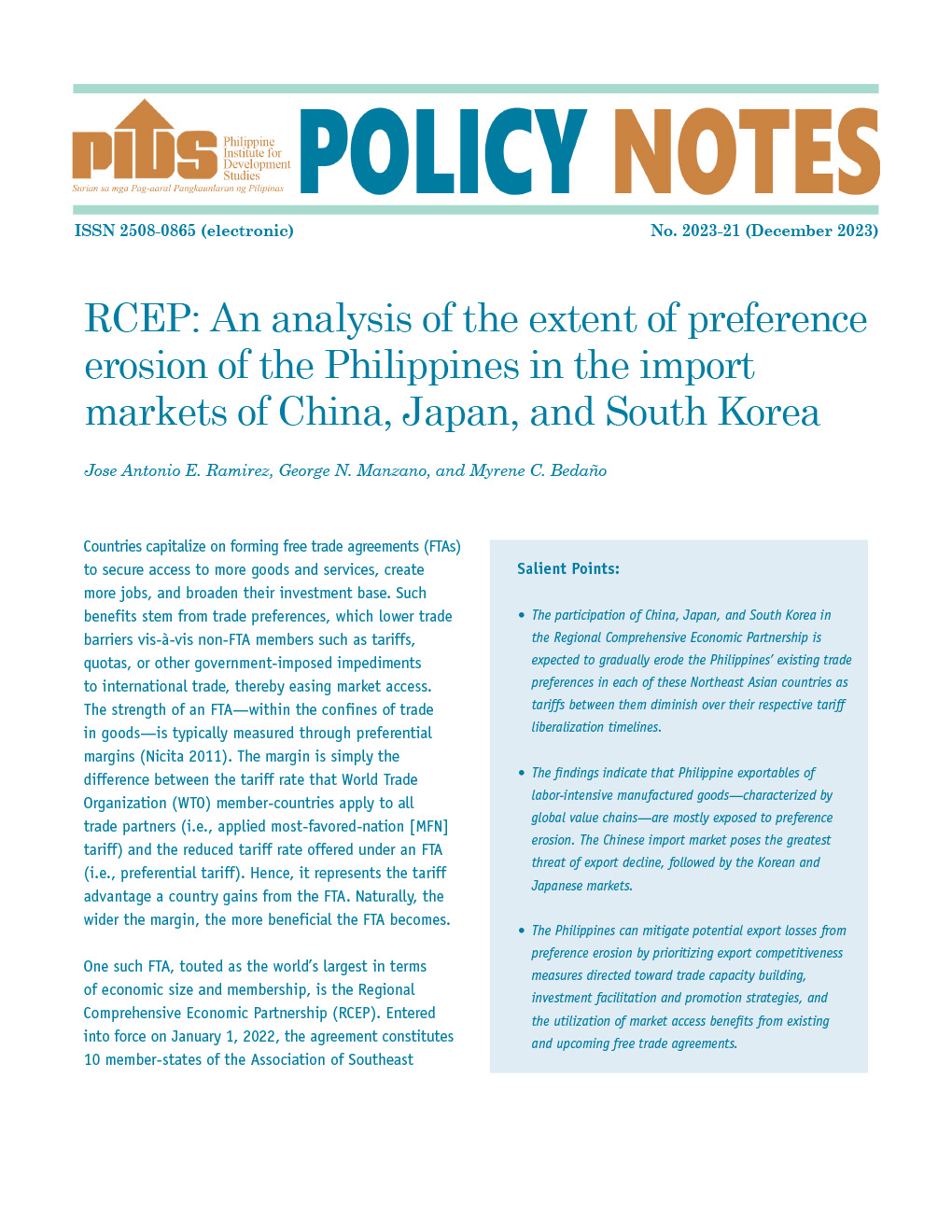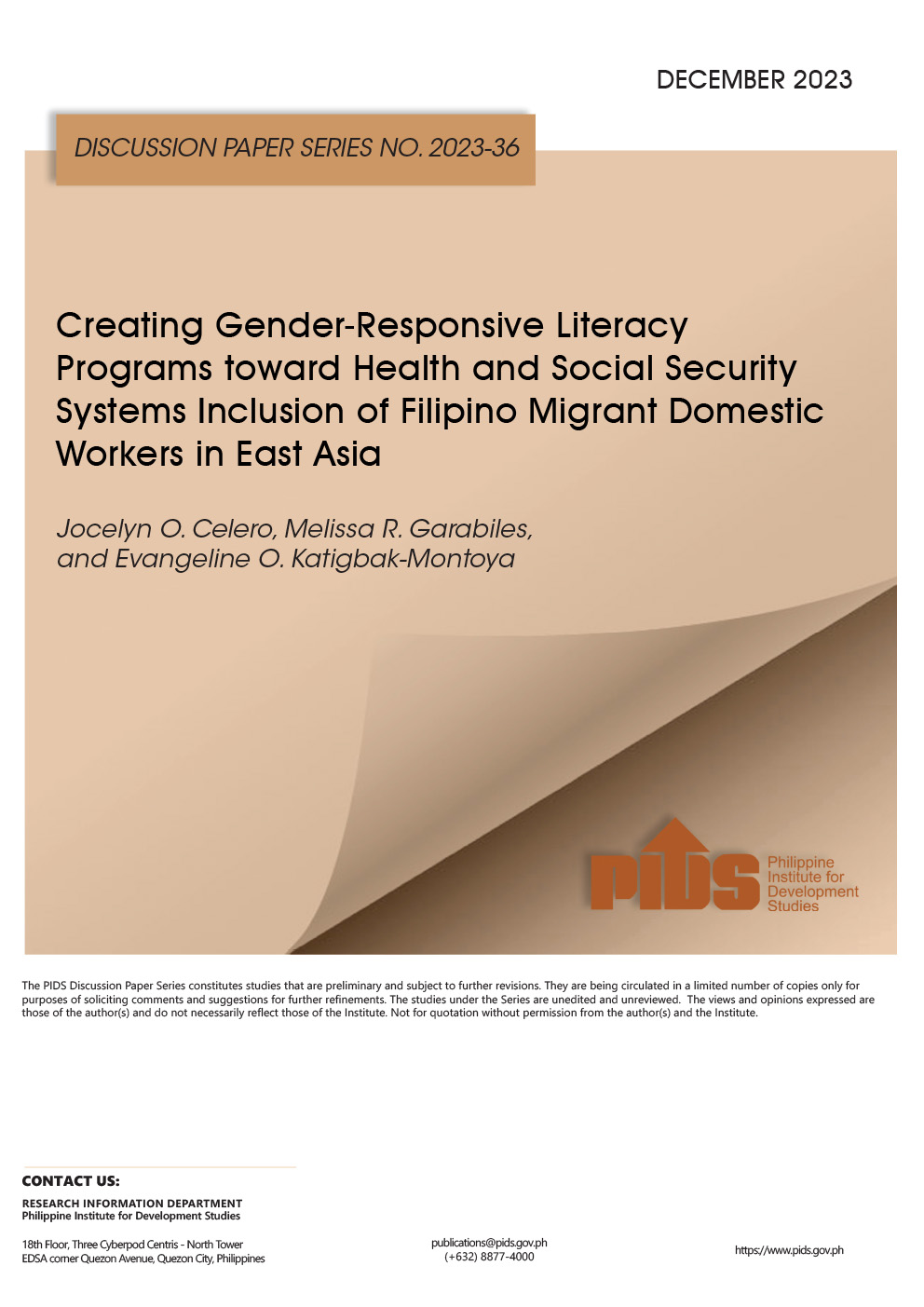The Philippines is among the developing Asian economies that will likely be affected by the expected slowdown in Japan this year, experts said.
In the April 2014 issue of the Asian Economic Integration Monitor, the Asian Development Bank (ADB) warned that the fiscal and monetary stimulus implemented in Japan could weaken its economy.
This slowdown is expected to spill over to Japan’s major trading partners in developing Asia, particularly the Philippines, Taiwan, China, Indonesia, Thailand, Malaysia and Vietnam.
"In Japan market skepticism over the success of deep-seated reforms needed to back the fiscal and monetary stimulus already undertaken could fail to reinvigorate the economy. A slowdown in Japan could affect developing Asia through trade and financial channels,” the ADB said.
The ADB added that bank lending and foreign direct investments (FDI) from Japan could also drop as a result of this slowdown.
Philippine Institute for Development Studies (PIDS) President Gilbert Llanto said this is the reason there is a need for the country to rebalance its economic growth. He said the Philippines needs to strengthen its domestic sectors to increase their share in the economy.
"[This means] you just don’t depend on export growth, but you really have to strengthen your domestic economy so that the growth drivers will also come from within. In the past, our own records show that when the government became very serious in infrastructure investments and also when manufacturing firms started to improve, to be re-strengthened, then the result was there was internal growth,” Llanto said.
"Still, it’s [slower Japanese economy] a risk, risk talaga ’yun. If you look at the trade data, our exposure to trade is relatively large. But then this should be balanced by growth of domestic demand,” he added.
It can be noted that Japan is the Philippines’s largest trading partner and source of official development assistance (ODA).
In terms of exports, Japan was the country’s largest market in February 2014. Exports to Japan, including Okinawa, accounted for 25.4 percent of the total amounting to $1.181 billion. In terms of imports, Japan was among the country’s top 10 sources in January 2014. It accounted for 6.2 percent of the total imports in that month. Imports from Japan in January 2014 amounted to $356.21 million. In terms of ODA, data obtained from the National Economic and Development Authority (Neda) showed that the Japan International Cooperation Agency (Jica) was the Philippines’s biggest source of ODA loans in 2012.
ODA loans extended by Jica amounted to $3.261 billion covering 21 loans. This accounted for 37 percent of the country’s total loans portfolio.
In terms of ODA grants, Jica extended a total grant of $95.83 million to cover six projects. This accounted for 3.36 percent of the country’s total ODA grants.
The Manila-based multilateral development bank said as of the end of September 2013, Japan’s outstanding loans to Asia reached $391.8 billion.
In terms of FDI, the ADB said in 2012 alone, Japanese firms invested $235.6 billion in the region.
Related Posts
Publications
Press Releases
Video Highlights
[No related items]
Infographics
[No related items]






